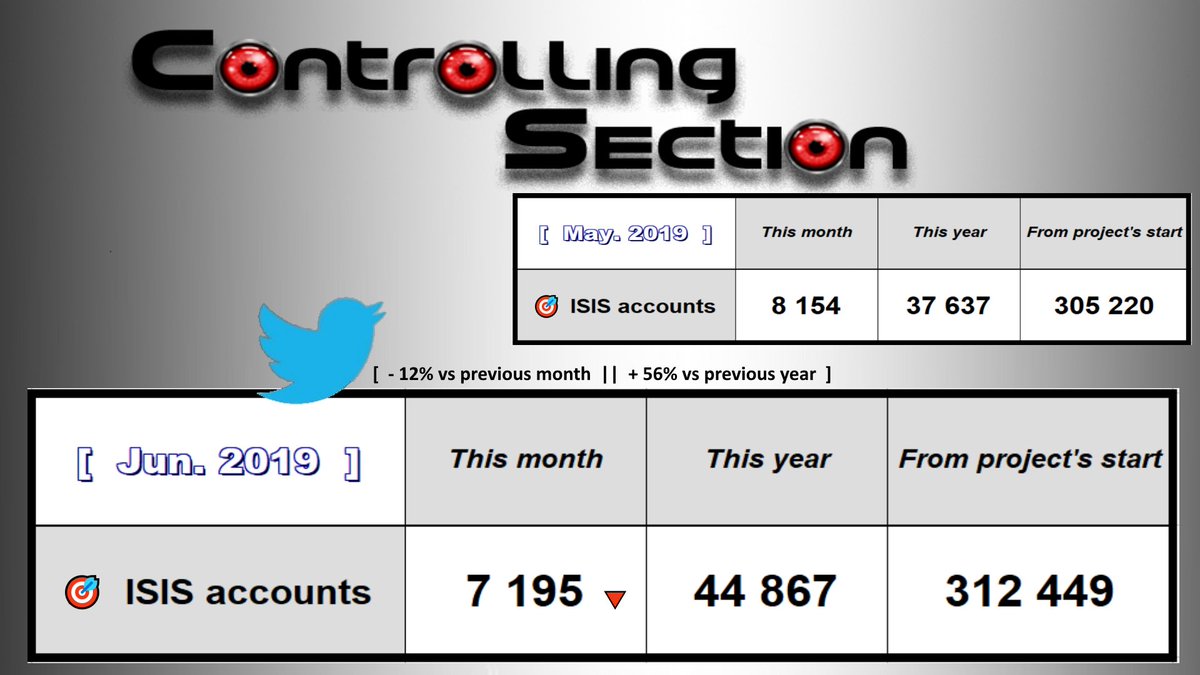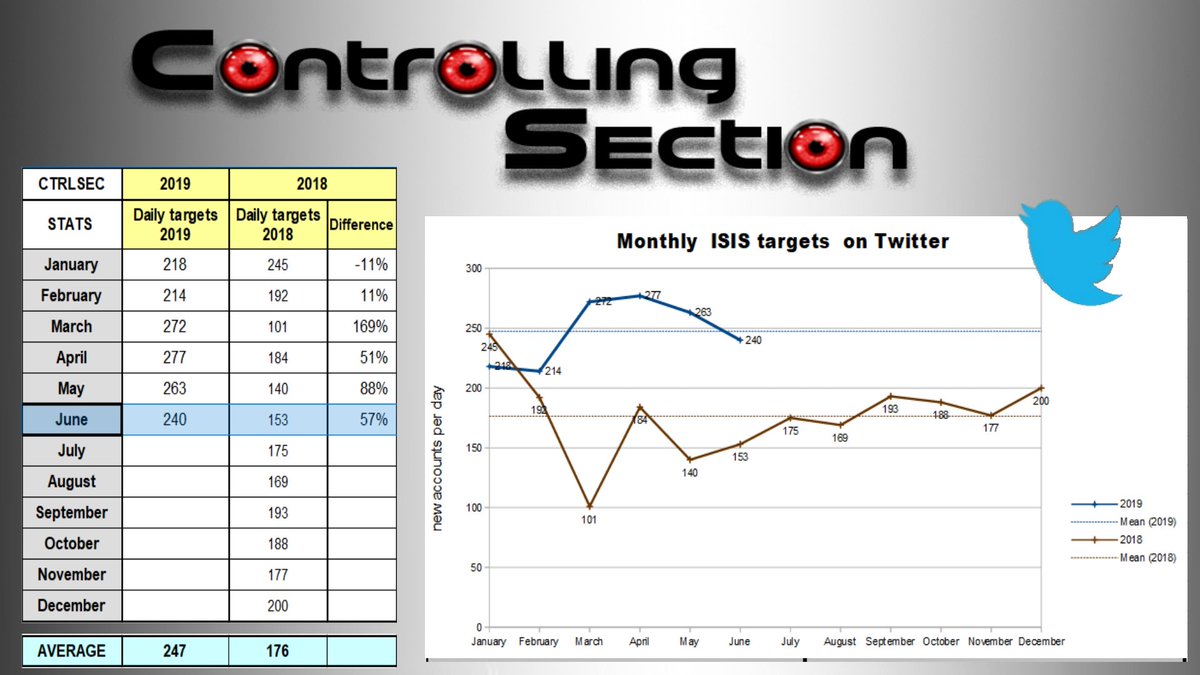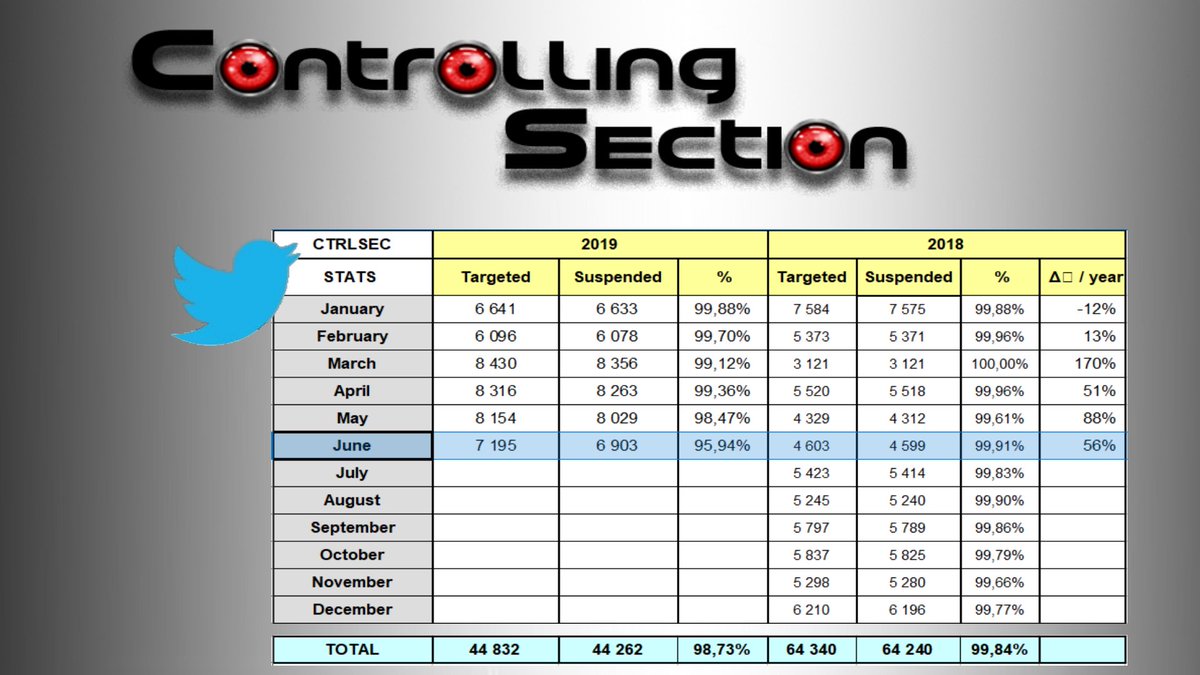I know some senior execs who'll take this idea hard, but it's pretty obvious: you can't tell people when to "feel good".
That's not a coincidence, of course: those are always the keys. :)
I'm out soon for a Tiger Patrol with the troops, we are the thin furry line, and I hope you, too, have a bright shiny day with some trusted friends!



















